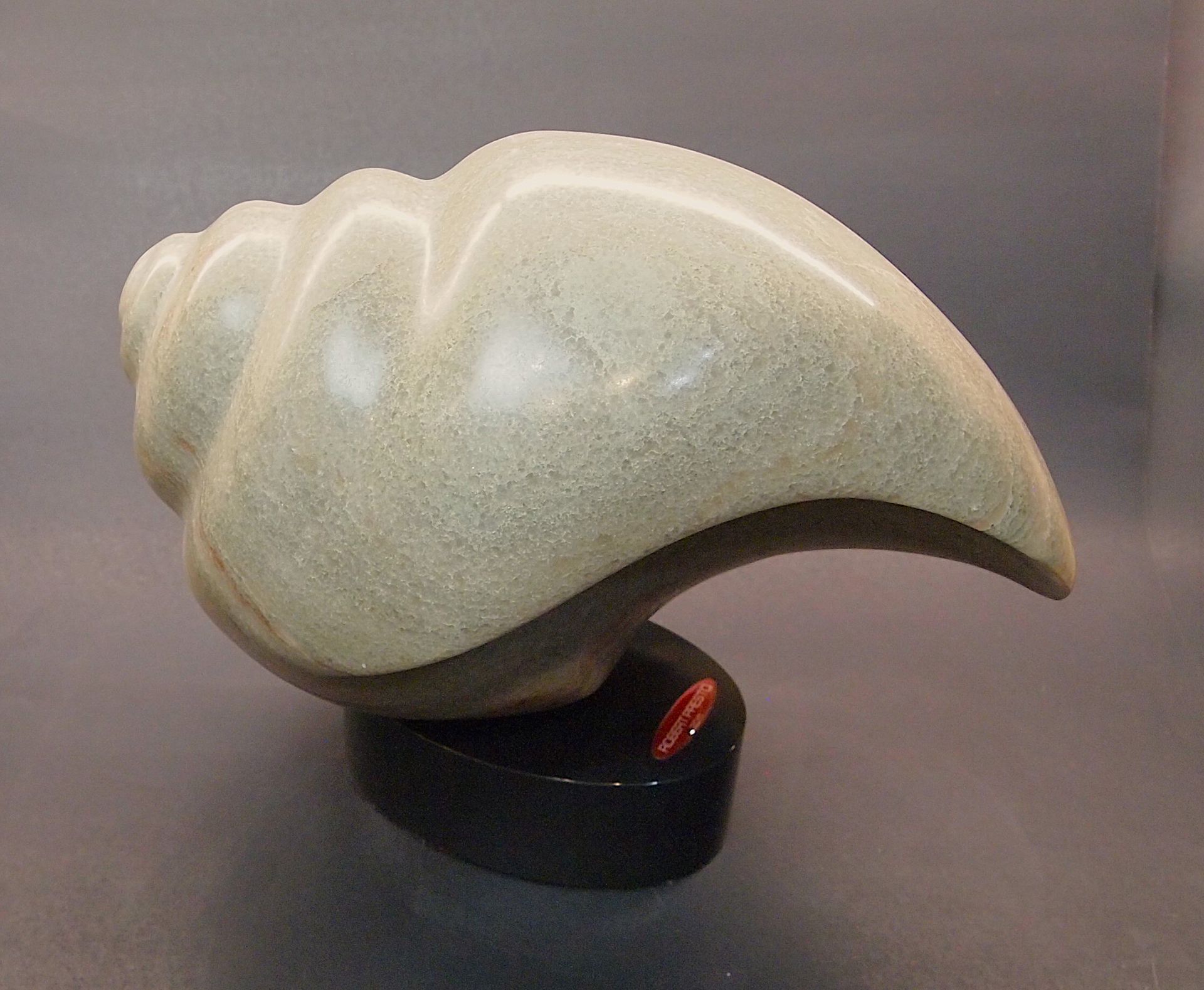Alabaster as a Medium for
Stone Sculpture
As I mentioned, limestone is and likely always will be my favorite stone for use in sculpting. However, alabaster is a fine-grained stone that likewise lends itself well to the art of stone sculpture. It’s much softer than sandstone and limestone, and in fact some samples (such as gypsum) can be scratched with your fingernail. Typically, alabaster ranks between one and two on the Mohs Scale. As a result of its comparative softness, substantial quantities of alabaster can be relatively quickly removed during the roughing-out stage of the sculpting process.
Like limestone, alabaster is a sedimentary rock which was formed in layers over the vast expanse of time. However, unlike limestone, it is not fossiliferous. Artisans from long ago in antiquity recognized the benefits of working with alabaster, since its softness allowed for the carving of intricate details into a chosen piece. Many of you will have seen images of various Egyptian and Mesopotamian statues, urns, and other elaborate vessels crafted from alabaster. The ancient Romans and Greeks likewise made frequent use of it in the creation of their works of art. Some of the oldest discovered items created from alabaster date back as far as between 2,500 and 3,000 B.C.
Alabaster will accept a high polish, but due to its chemical composition, its surface does not hold up well when exposed to the elements, especially if it’s not properly sealed. It’s more water-soluble than any type of limestone, and it will eventually crack if left outdoors. In its purest form, alabaster is white. However, it can also be found in many other colors, depending upon the various trace minerals that were included within it during the formative process. Alabaster will undoubtedly remain a medium favored by stone sculptors for centuries to come.


